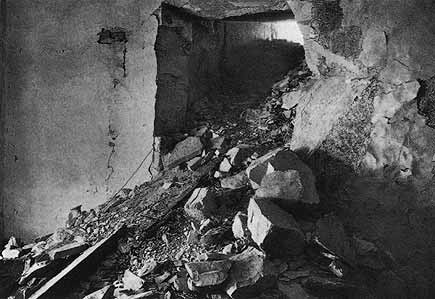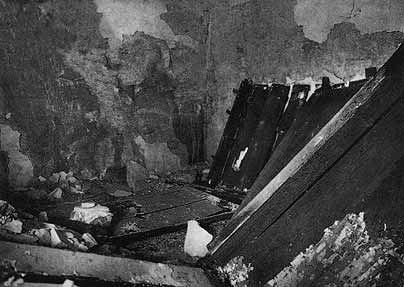|
|
|
|
 This strange tomb has asked many questions which the excavators and scholars since have tried to answer. Not much has been proved one way or another though a convincing theory has surfaced to do with some aspects of the find.
With this medical condition the bones of an older person may infact appear much younger - Smith infact offered the example of a 36 year old man whose bones appeared to be those of a 22-23 year old. To back his theory Elliot Smith also noted that another effect of Frohlich Syndrome is that the person during life has an enlargement of the skull and an overgrowth of the mandilble - perhaps a cause of the very strange images of Akhenaten in his statues - the long face, the extended skull, the feminine look to his body (Frohlich Syndrome also causes female hormones) - the perfect answer to both the identity of the mummy in the tomb and the strange appearance of Akhenaten. Or maybe not. Another sympton of the syndrome is that men are unable to father any children - Akhenaten had 5 daughters. Also all the royal family at the time were represented with the strange bodies not just Akhenaten - could the new style of depicting the Pharaoh of just been another break with tradition instead?  |
Another site dealing with objects from KV55 is: KV55 - its lost objects, where are now?, by William Max Miller

